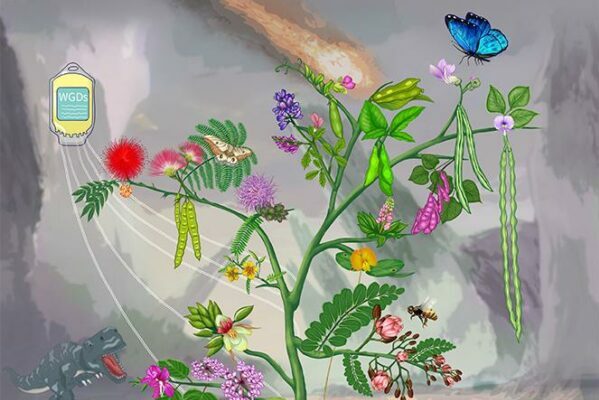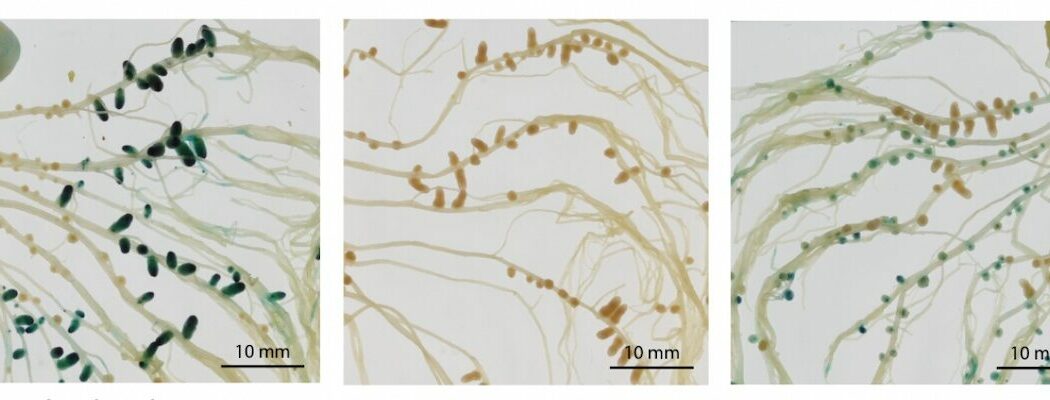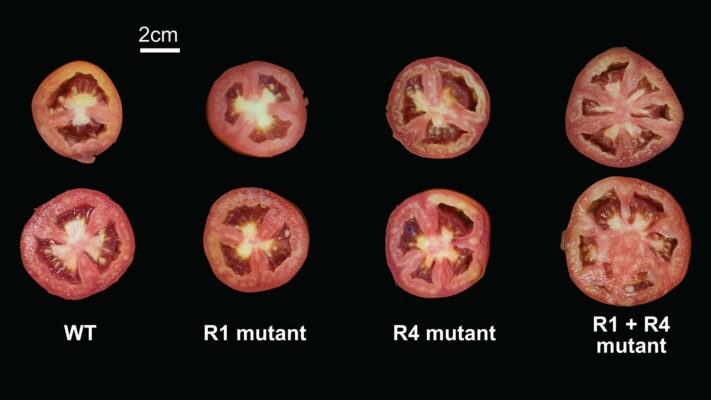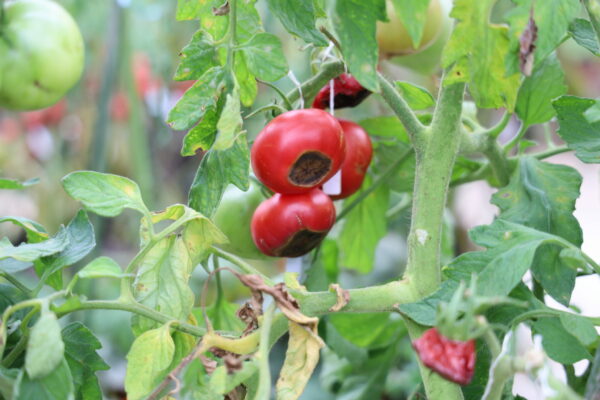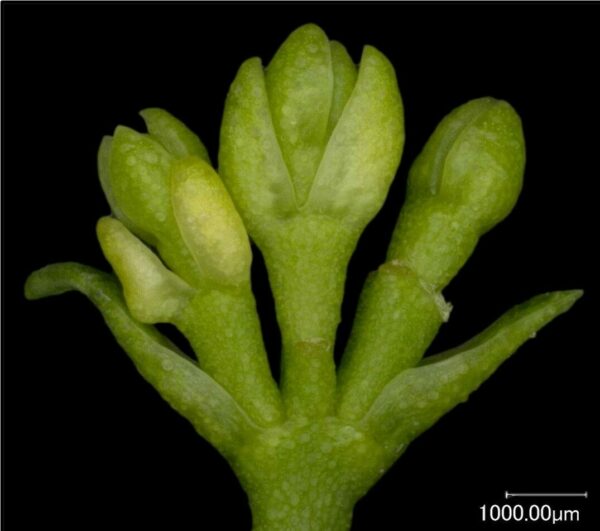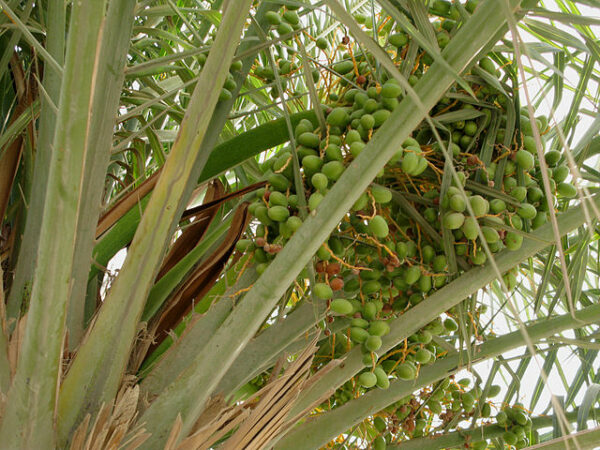
Linseed or flax (Linum usitatissimum) is known to be one of the oldest crops, cultivated since the beginning of civilization. In the last two decades, due to the potential health benefits associated with its biologically active components, linseed has been…
Read More


